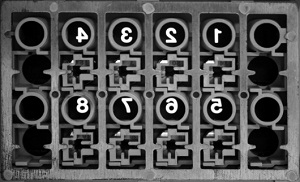What is Backward Design in Education?

 For many years, external and standardized testing molded design learning experiences that would bring students toward mastery of what was on associated tests. However, as teachers were not the architects of these tests, there was sometimes a disconnect between the tests and the reality of the educational terrain (relevance to student and meaningful expectations).
For many years, external and standardized testing molded design learning experiences that would bring students toward mastery of what was on associated tests. However, as teachers were not the architects of these tests, there was sometimes a disconnect between the tests and the reality of the educational terrain (relevance to student and meaningful expectations).
Backward design in assessment started to grow in popularity when the desire came about to give teachers ownership of the curriculum. It encourages the idea that whoever is the designer of the learning experiences should also be the designer of the assessment, therefore allowing for a more meaningful alignment.
In their book “Understanding by Design” (1998), Wiggins & McTighe encourage a shift from “thinking as an activity creator to thinking as an assessor.” Such an approach favors the approach of measuring students’ work against criteria rather than simply figuring out how and when to give a grade.
How can you use backward design to create a sense of ownership in your classroom?
Learn more…Take this course: Integrating Standards in Teaching




The new Common Core Standards is an easy way to figure out if an idea for a lesson, or group of lessons in a unit, is matching what the Common Core standards expect to happen in a particular grade. I also use the “Big Ideas” in the unit and the “Essential Questions” to assess whether my lessons will help my students answer the essential questions and grasp the main ideas. I also look at the goals of the school system I teach in to see if my lessons will help my student reach those goals. Teachers must consciously think about all of these goals and standards as they plan lessons. Will the objective of each lesson meet the standards? The standards and goals are the criteria for the lessons teachers should be creating.